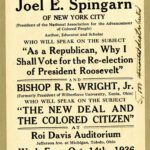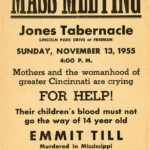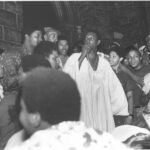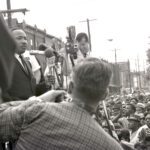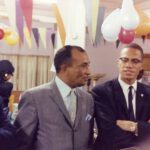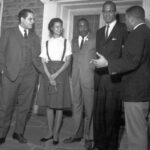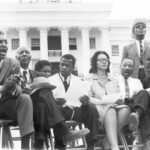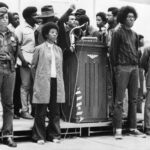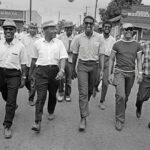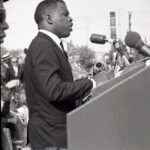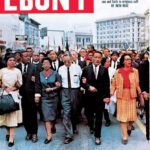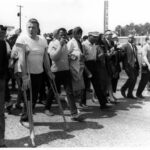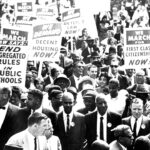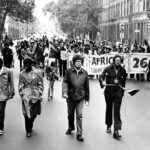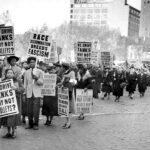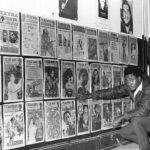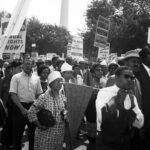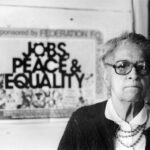This lesson spotlights the profound and often underrepresented contributions of Black women to the Civil Rights Movement. Teachers should have a firm understanding of the leadership and legacy of Fannie Lou Hamer, Ella Baker, and Septima Clark—three women who used their voices, organizing power, and educational strategies to challenge systemic injustice and inspire collective action.
Fannie Lou Hamer, a sharecropper-turned-activist, became a national symbol of the fight for voting rights. Her searing testimony at the 1964 Democratic National Convention exposed the violence and disenfranchisement faced by Black citizens in Mississippi, helping shift the national conscience. Ella Baker, a behind-the-scenes strategist, championed grassroots organizing and the empowerment of youth. Her work with organizations such as the NAACP, SCLC, and SNCC was grounded in her belief in collective leadership over charismatic figures. Septima Clark, known as the “Mother of the Movement,” revolutionized voter access through education. Her Citizenship Schools taught literacy and civic knowledge, equipping thousands of Black Americans to register to vote and participate meaningfully in democracy.
Understanding these women’s unique leadership approaches enriches the lesson by emphasizing how education, storytelling, and grassroots activism were key tools in the fight for civil rights. Their strategies remain highly relevant for students exploring modern paths to justice and equality.
In the classroom, students begin with a warm-up on leadership and fairness, setting the tone for exploring the lives of these three Civil Rights leaders. Through short biographical videos and guided discussion, students learn about the personal and political challenges these women faced, and how they transformed adversity into action.
Next, students collaborate in small groups to create posters highlighting one leader’s life, using structured handouts and a jigsaw protocol. These posters serve as visual timelines of each woman’s contribution to the movement and provide a springboard for whole-class discussion.
The lesson concludes with a personal reflection in which students consider how they might lead efforts for justice in their own communities. An exit ticket reinforces the day’s learning by asking students to identify a key takeaway about leadership.
By focusing on Hamer, Baker, and Clark, this lesson uplifts voices often marginalized in mainstream narratives and demonstrates the enduring power of civic courage, education, and community-driven change.
New Jersey Student Learning Standards:
- 6.1.8.CivicsHR.4.a: Examine the strategies used by civil rights organizations to achieve their goals.
Curriculum
- 3 Sections
- 3 Lessons
- Lifetime
- Stage 11
- Stage 21
- Stage 31
Lesson Materials:
| Name | Type |
|---|
